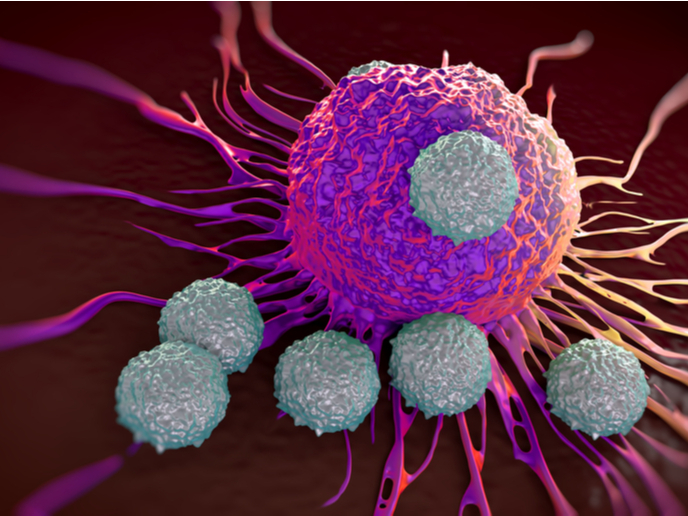Amino acids lend palladium a hand
Although hydrocarbons are the main feedstock in the chemistry industry, the C(sp3)-H bond in complex molecules is not considered to be a functional group. Despite its low reactivity and high thermodynamic stability, researchers have been successful in C(sp3)-H bond functionalisation. Selective functionalisation of one specific C(sp3)-H bond without the assistance of a directing group represents the state of the art in organic synthesis. This was also the aim of the project ENAFUNTRAMECAT (Remote enantioselective functionalization of C-H bonds in saturated nitrogen heterocycles). Despite the substantial research efforts devoted thus far to the development of more effective directing groups, their stoichiometric installation and removal limited their efficiency. The ENAFUNTRAMECAT team found a transient directing group in amino acid reagents that reversibly react with cyclic amines. In a series of experiments, arylation and alkylation of a wide range of cyclic amines at the β, γ and δ positions proceeded in the presence of a palladium catalyst and a catalytic amount of amino acid. The feasibility of achieving enantioselective C(sp3)-H activation reactions was also demonstrated. Extensive sets of reaction parameters (catalyst, oxidant, solvent and temperature) were screened to identify the optimal conditions that ensure high enantioselectivity. The protocol established was extended to the use of chiral amino acids for regioselective and diastereoselective arylated product processing. Amino acid derivatives are common in biologically relevant molecules and as such, of importance in medical chemistry. ENAFUNTRAMECAT results are expected to open the way to more efficient methods for their use in direct C(sp3)-H bond activation and to establishing this transformation as a key piece in chemists' toolbox.




